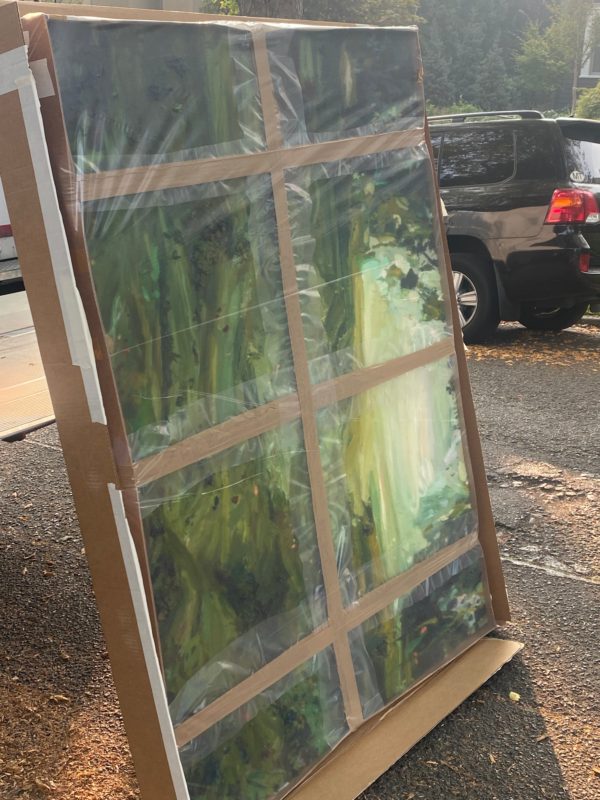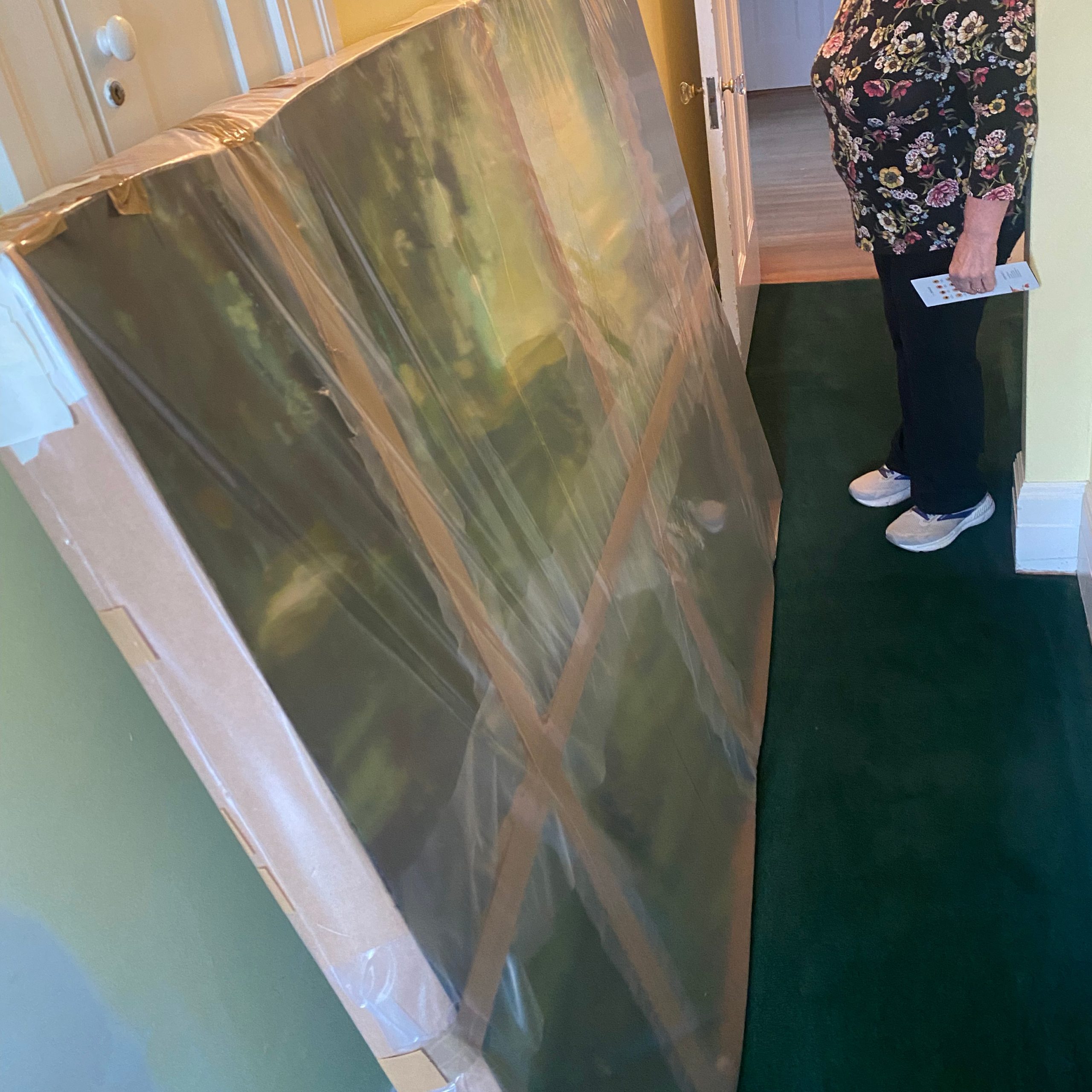What do you think is the most integral and deciding characteristic for art packing? Skill? Experience? Responsibility? Without a doubt, each of these parameters is crucial, and yet they are not as strong as the sense of care, which may either encompass all three components or exist on its own. The power of caring is why one needs a great deal of time to thoroughly protect artwork from external transportation threats. Let’s dive deeper into the concept of safe packaging and try to see how it transforms long practice into an inclusive and empowering process.
The Power of Caring: Why Does Art Packing Take Time?
It requires a lot of training to master
Learning the basics of the “wrapping science” is usually not that hard and won’t take much time. However, it’s not what you can call thorough and detailed knowledge, which, by the way, you will need even in some day-to-day situations. In this regard, time is the resource with which you pay for the skills and information. “Practice makes perfect” is a good quote to summarize the whole point.
Experience is a measure of a packer
When you try to learn and test art packing skills over a long period of time, it’s called experience. It is one of the essential signs of effective services that you can rely on when you choose a shipping company. An experienced packer is not just good at securing a piece. Such a specialist knows the nuances of different types of artwork and can choose the safest and most adequate way to protect your belongings.
The more time you invest, the more safety you get
This is a simple yet very realistic formula in the logistics industry. Unlike in hiking, there is no such thing as fastpacking. A painting, sculpture, or some designer furniture requires a lot of attention. If you don’t pay enough heed to the process, you might end up with poorly wrapped freight. You may be lucky, and nothing will happen to it. Otherwise, the chances of damage are high.
Packaging is also a form of art
We must not forget that art packing is a distinct form of art, even though it might not look like one. You can justifiably compare it with performance art, where the actions are not always polished to perfection, but you should look at its essence and, what is more important, results.
